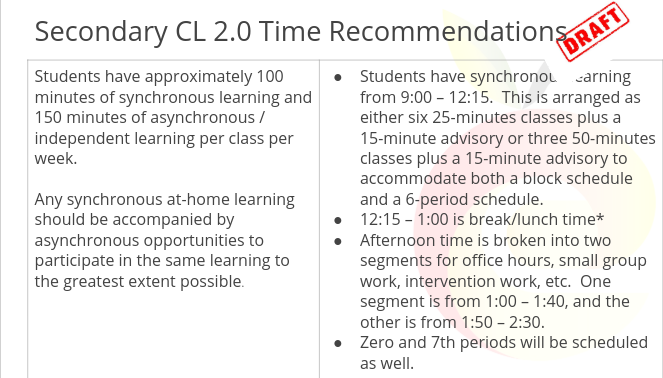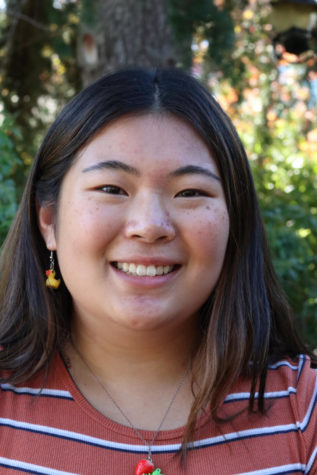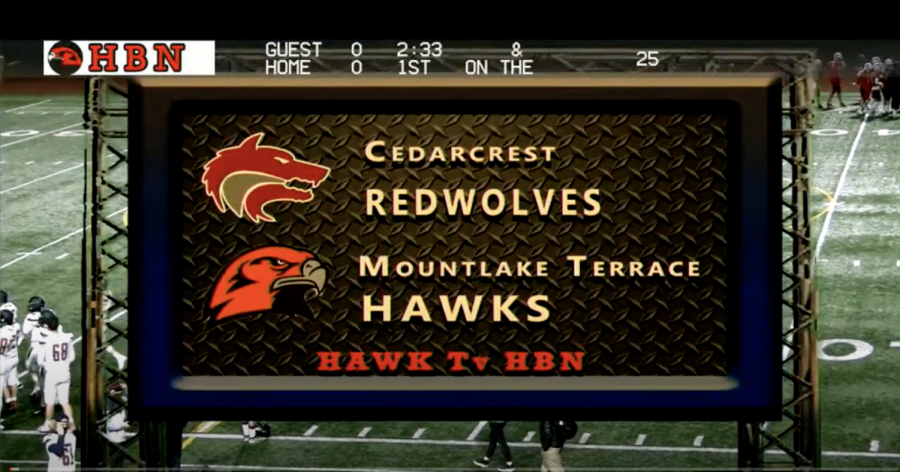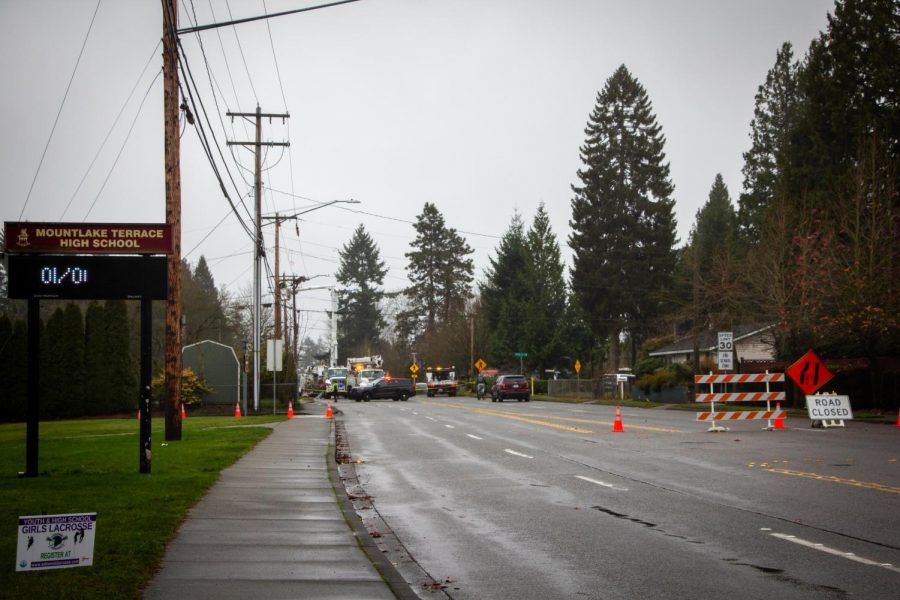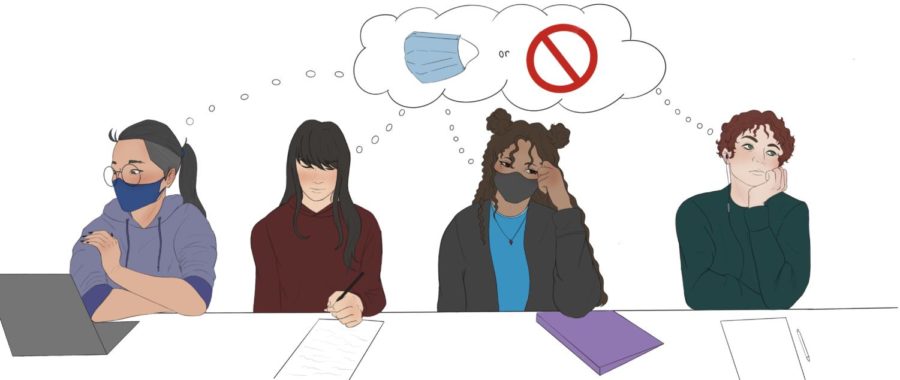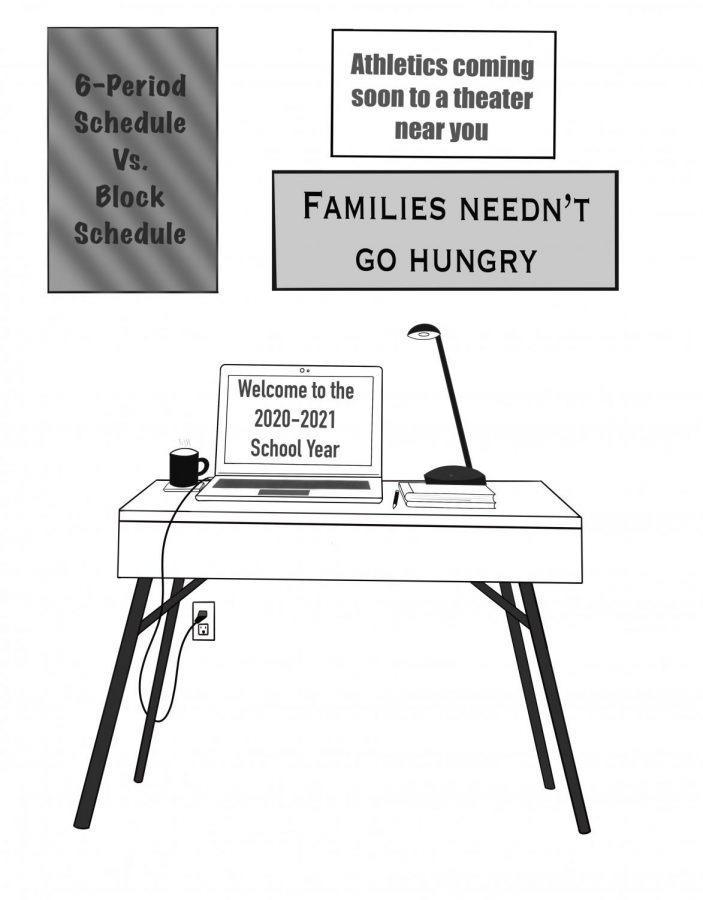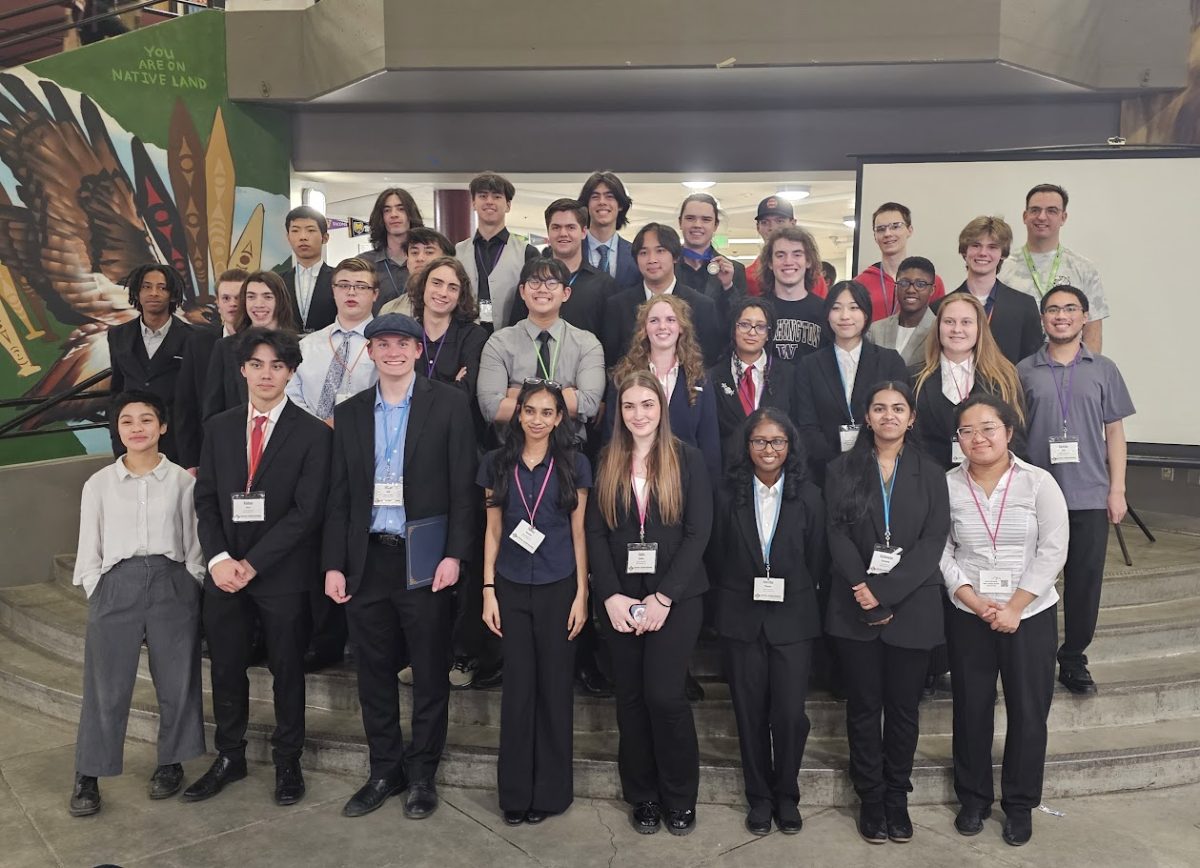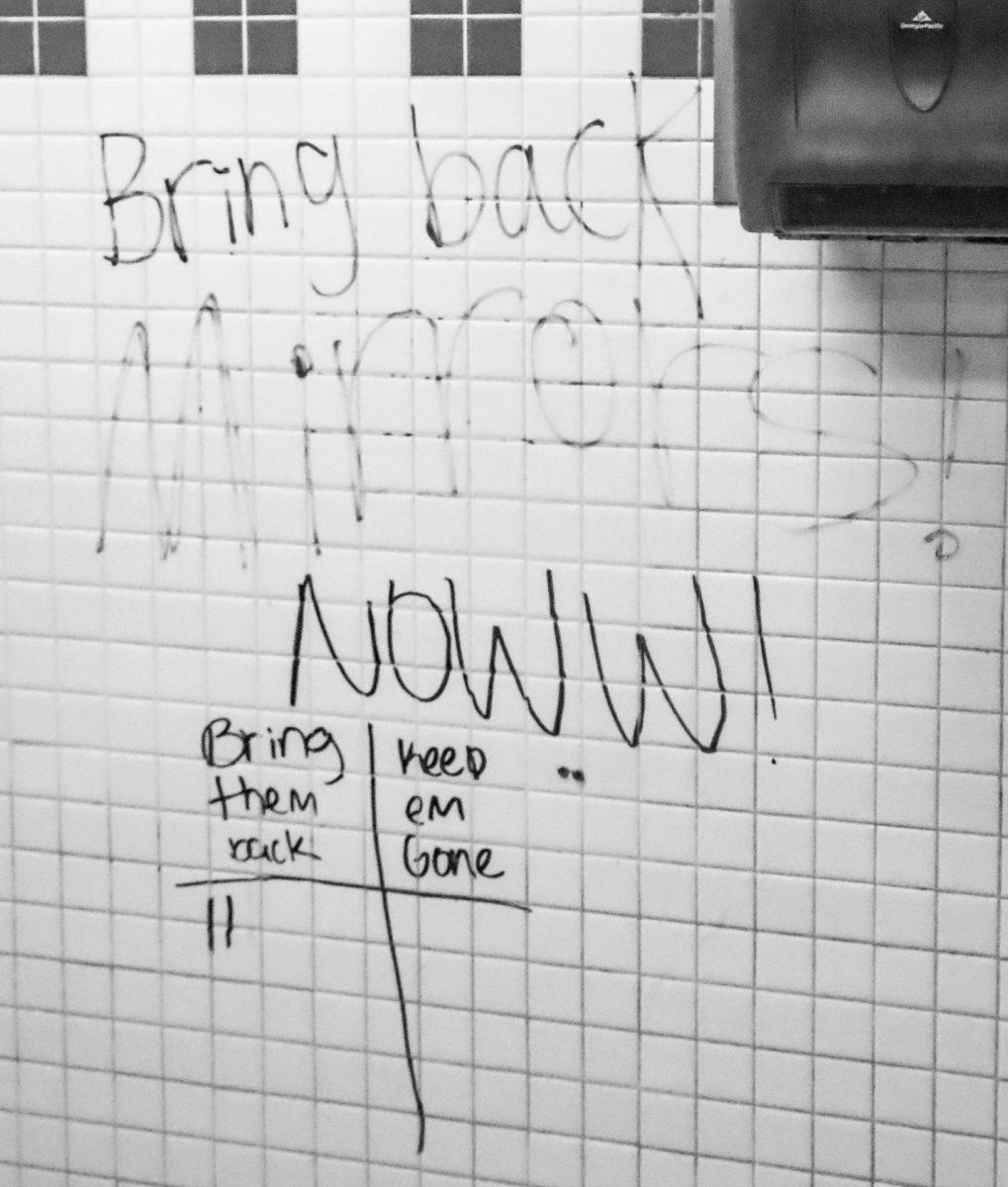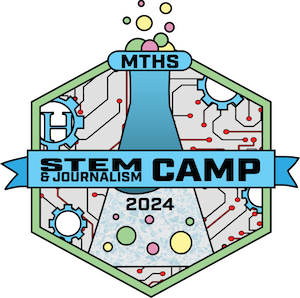The Edmonds School District (ESD) announced July 29 that the 2020-21 school year will start in a full remote learning model, known as the Continuous Learning 2.0 plan.
“Before in-person learning can take place, we must ensure the safety of our students and staff. With the increasing health risks surrounding the COVID-19 pandemic, we just do not see a way we can safely reopen our school buildings at this time,” Superintendent Dr. Gustavo Balderas wrote in an eMail to ESD families.
Executive Director of Student Learning Dr. Robert Baumgartner presented a basic outline of how Continuous Learning 2.0 will work in fall on a student-focused community forum held on July 29. He said that remote learning in the fall will look very different from the initial school closures in the spring, and he explained the three critical issues that the district is working around when planning for the most effective remote learning model.
“We focus our answers about remote learning in the fall in three critical areas, improved user experience, consistent expectations and clear instruction being delivered to students and families,” Dr. Baumgartner said.
He also stated that the ESD recognizes the need for simplicity in the technology being used for both students and parents.
“Being a user of a variety of new tools and resources, we know the importance of building a sense of belonging in a virtual environment,” Dr. Baumgartner said. “We want to streamline our digital resources. There were incredible challenges in the different ways teachers were communicating with students in the spring. We will have a much more streamlined experience.”
According to Dr. Baumgartner, The ESD received feedback from families about how difficult it was not having a set schedule each day for students and being given assignments from teachers without clear instruction throughout the remote learning process in the spring.
“From our feedback that we received, it was really challenging for our students to not have a clear schedule that worked every day,” he said. “We will need to approach that differently in the fall, because we are responsible to not just our students but also to our tax holders to give students the full educational experience.”
Finally, he discussed the plans for delivering more direct and understandable instruction to students in the Continuous Learning 2.0 model, explaining that there were a lot of adjustments made to the education system in the spring, and some students liked the new changes, while others struggled with them.
“We learned there were a lot of difficulties in the spring. Some were favored and some hindered students. But some of the teachers were able to do a lot in the spring on short notice,” he said. “We want our students receiving proper education, but we don’t want teachers going into this alone. We need to teach the students when they need to engage in synchronized learning with their peers, and when they need to do work on their own.”
When asked how a structure would be implemented in a full remote learning schedule, Baumgartner gave an example of what a secondary students schedule could look like.
“When we look at secondary schedules, students will throughout the week have a set schedule. Expect 4 days of “attending class” in a Zoom, remote setting. In the morning they meet with each class for about 25 minutes, in the afternoon there is a built-in advisory period to build connections and there will be available office hours for teachers to communicate with students,” he said.
While ESD leaders recognize that challenges will arise as a result of a full remote learning model, they also hope that, by engaging with the community, answering questions and holding more community forums, the school year can start out smoothly.
“This is an ever changing scenario and discussion. We plan to host many more community forums in the upcoming weeks to help inform our community about the current discussions and decisions as much as we can,” Dr. Balderas said.
However, he recognizes that the decision to not open schools in the fall will be tough for everyone.
“We all want our kids in school. Kids want to be back to school. I want to walk into schools and see students learning and engaging with one another,” he said. “We will do that when it is safe and appropriate.”


